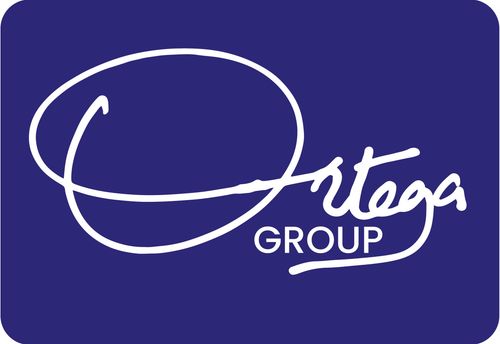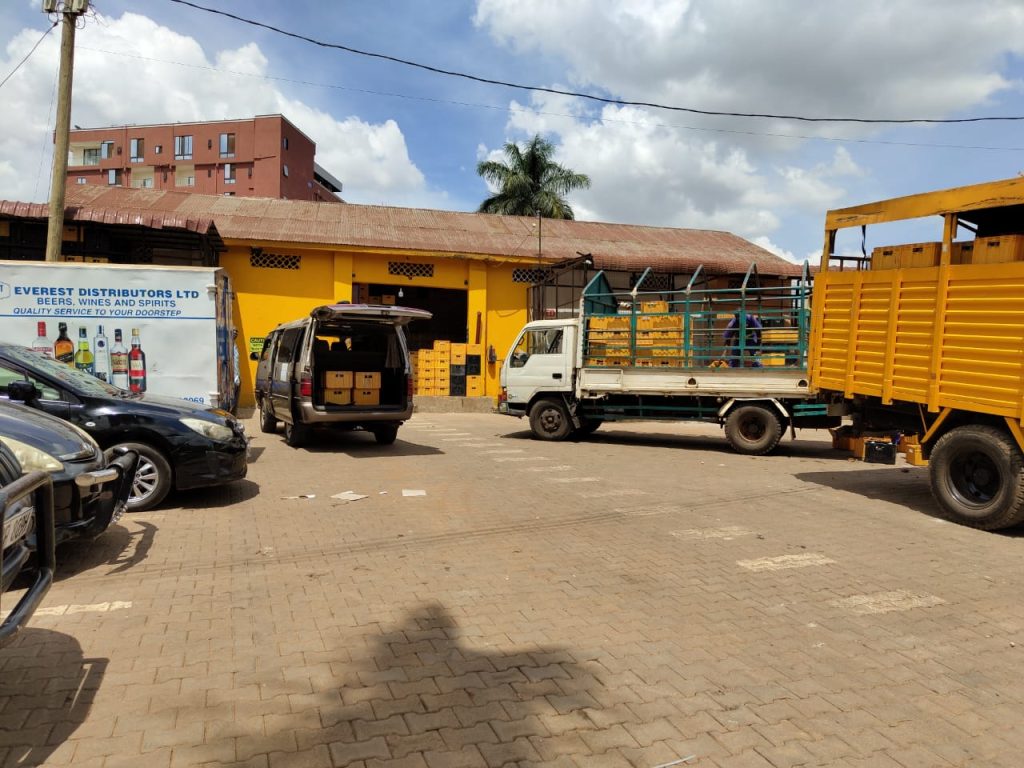By Ian Ortega
One of the outstanding thinkers of this century has been Nassim Taleb, and his writings about a different form of risk, one that is hidden and inherent in every system. This risk which he calls the black swan, cannot be anticipated by any of the risk mitigation plans. Yet, when it shows up, the downsides can be infinite. It’s the kind of risk that can wipe entire billions off a company’s balance sheet in seconds. It’s a black swan because no one could anticipate it, or worse imagine its disruptive effects.
It’s also the cautionary tale from the David and Goliath story, where the giant is slain by a pebble. Think of a black swan as an extreme event that could disrupt the business model of an organization and force a rethink of how an organization operates.
The adult beverage industry in the Common Market for Eastern and Southern Africa (COMESA) recently went through what could be akin to a black swan. A couple of players were fined by the COMESA Competition Commission (CCC) for anti-competitive practices related to vertical restraints of trade. These included resale price maintenance, territory restrictions and exclusive distribution clauses within their distributor agreements. The implications of this precedence are far reaching as this has now caused a rethink to how these players distribute their products.
Yet, time and again, organizations prepare for one form of risk only to be shocked by the hidden risk. Taleb proposes the solution of building anti-fragile systems (those that gain from disorder) as a solution to these black swans. Think of it as the mythological hydra that keeps growing more heads as one gets cut off.
How do organizations build themselves into anti-fragile systems? It’s the property that must be embedded in the people and in the culture. It always comes down to the one inimitable advantage of every organization, the people that work within those organizations. And anti-fragile skills imply the constant and continuous ability to learn, unlearn and relearn. The outputs of such anti-fragile skills are innovation, adaptation, and the ability to transform chaos into opportunity.
One of the ways this could happen in an organization is through intentional rotations across departments. That means, someone in Human Resources could be rotated into the logistics department. It solves the common problem of industrial blindness, as those outside a field are bound to see the problems and solutions that skip the common eyes of those who inhabit that industry.
The other way is the idea of the cross-functional teams (CFTs) that we’ve articulated in earlier think pieces of this column. CFTs enable a cross-pollination of ideas, they give birth to a shared intelligence and enable an integration to that drives both insight and foresight thus creating better ways of anticipating black swans.
It also comes down to the leadership and the clarity they provide. Leaders within organizations should constantly be asking; “in what ways could we be wrong? In what ways could we be disrupted?” And if an organization had to do it another way, what would be that way? If tomorrow regulation passed that outlawed the current business model, what would be the response? If a tariff was introduced that immediately made it unprofitable to pursue your most popular product, what would be the new product?
The late Charlie Munger always called this the inversion solution. Leaders should always be inverting, thinking of all ways the organization can die and the working hard to avoid those ways. Is it with technology? Is it with the processes? Is it with the people? Is it with the structure? You only cushion against black swans by always anticipating all the ways you can die and then making one-self anti-fragile to those possibilities.
This also means that organizations should develop the capability of disrupting themselves, killing their old ideas, to enable the birth of new ideas. Organizations that get beholden to their old ways are usually wiped out by black swans. The easiest way to survive a black swan is to engineer one internally.
Organizations do these by killing their best products before the market kills those products. It’s not by studying the market demands, and their desires, but by creating the future and leading the market to that new future.
It’s about organizations becoming comfortable with chaos, with change. Change shouldn’t be a shocker in an organization; it should be the way things happen within that organization. Organizations must build a culture of change, of leaping from old ways into new ways. And this should build into performance evaluations, into hiring criteria. To stretch this further, organizations ought to rethink their hiring processes. All organizations speak about change, yet they have conducted their interviews in the same old traditional way where prospects share resumes, and a panel is constituted with a set of questions, one of them being – “tell us about yourself.” Anti-fragile organizations start by disrupting all these status quos and creating the new normal. It’s the only way organizations survive black swans.

